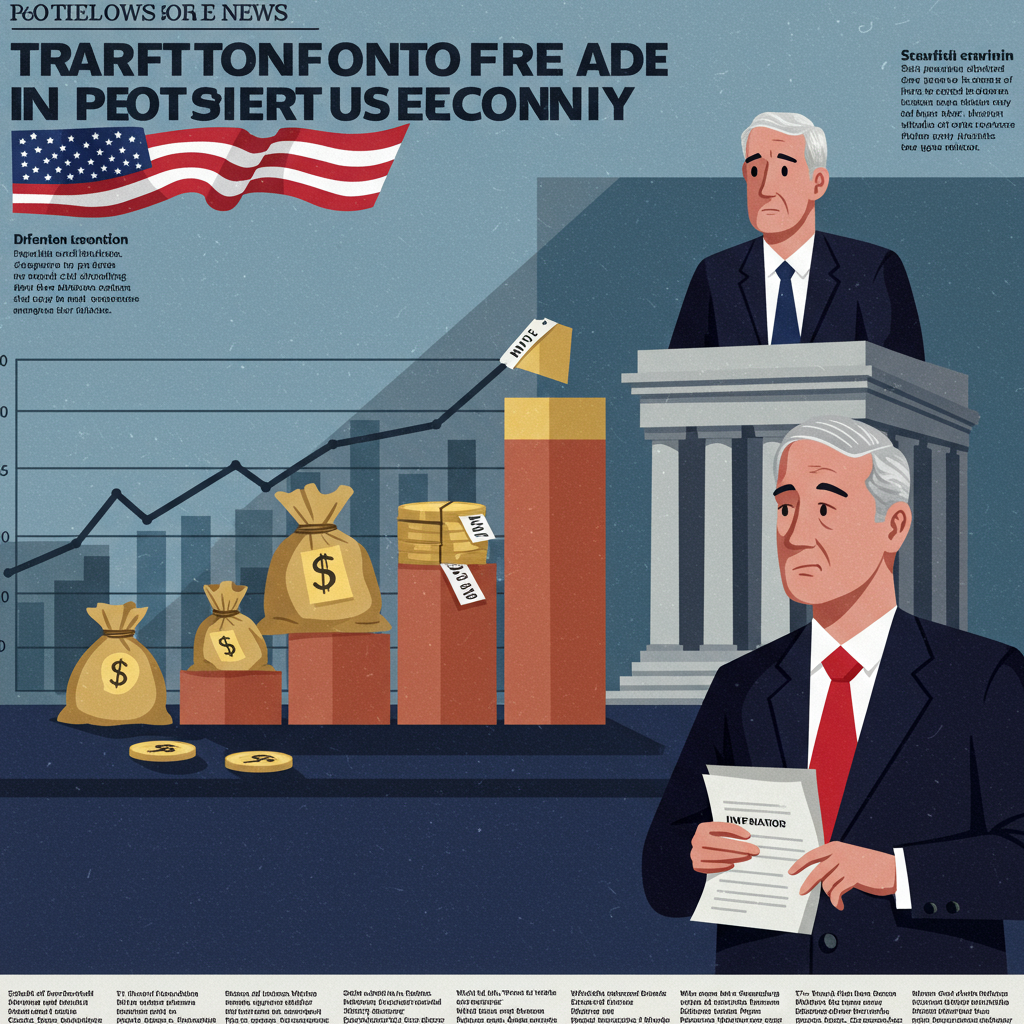Economic forecasting is challenging even in stable times, but according to economists at Old Dominion University (ODU), unprecedented volatility in tariff policy is casting a significant shadow over the current economic outlook. This uncertainty was a central theme at the university’s annual Midyear Economic Forecast breakfast.
Held on June 6 and presented in partnership with the Virginia Peninsula Chamber of Commerce and ODU’s Strome College of Business, the event drew over 280 business leaders, policymakers, and academics from across the Hampton Roads region. Experts from ODU’s Dragas Center for Economic Analysis and Policy shared their latest insights on key economic factors, including consumer sentiment, the federal workforce, and the housing market.
Tariff Volatility Creates Economic Blind Spots
Dr. Bob McNab, Director of the Dragas Center, highlighted the extreme difficulty of predicting economic trends amidst frequent, large-scale changes to tariff policies. “Since January, there have been over 50 changes to tariff policy – not minor tweaks, but major structural shifts,” Dr. McNab explained. “That averages out to about two significant changes per week.”
This constant flux makes economic forecasting incredibly difficult. Tariff rates can swing wildly from one day to the next (e.g., from 135% to 30%), creating an environment where planning is nearly impossible for businesses that see their costs escalate or decline dramatically week to week.
Adding to the complexity, the first quarter of 2025 saw a national surge in imports, increasing by over 40% compared to the same period in 2024. Businesses, anticipating potential tariffs, accelerated imports to build inventories. Economists expect businesses to draw down these elevated inventories in the second quarter. As inventories decline, prices are likely to increase. Dr. McNab humorously noted that, unlike a pandemic-era rush for toilet paper (a mostly domestically produced good unaffected by tariffs), other imported items could see significant price pressures.
Sentiment Slips, Inflation Fears Rise
Beyond direct tariff impacts, consumer and business sentiment also declined in the first five months of 2025. Dr. Vinod Agarwal, Assistant Director of the Dragas Center, noted that consumers now anticipate inflation could reach approximately 7% in 2026, largely attributing this expectation to the potential impact of tariffs driving up the cost of goods and services.
Hampton Roads Outlook: Defense Provides a Buffer
While the national picture is clouded by uncertainty, Dr. Agarwal offered a slightly more optimistic view for the Hampton Roads region. The area’s strong reliance on defense spending provides a stabilizing cushion, potentially allowing the local economy to fare slightly better than the state and nation overall.
The Hampton Roads Housing Market: High Prices and Burden
The forecast also delved into the local housing market. Dr. Agarwal reported that conditions remain similar to the start of the year: inventory has increased, but housing prices continue their upward trend. The median price for an average home in the region stands at $336,000, a notable 20% increase compared to 2021.
A critical point raised was the significant “housing cost burden” faced by many residents. While absolute housing costs might be lower than in places like Northern Virginia or Jacksonville, a large proportion of Hampton Roads residents, particularly those with mortgages, spend over 30% of their income on housing – a higher percentage on average than mortgage holders in Northern Virginia.
Addressing Housing is Key to Growth
Dr. Agarwal emphasized that tackling housing affordability is crucial for the region’s future economic growth. He stressed the need for a comprehensive regional housing strategy to help stabilize both housing prices and rents. Attracting new businesses and enabling families to move to the area requires the availability of housing that is genuinely affordable, making a regional housing solution essential for fostering economic expansion.
In summary, ODU economists underscore that volatile tariff policies are introducing significant unpredictability into the economic landscape. While defense spending offers some resilience for Hampton Roads, the region faces ongoing challenges, particularly in the housing market, where high costs and a substantial cost burden could impact future growth prospects.


